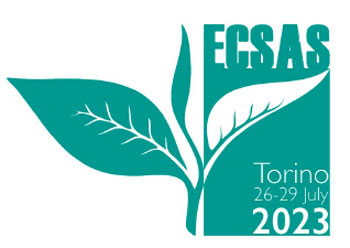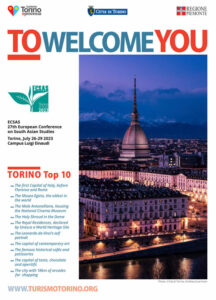Presenter
Gupta Shreya - University of Exeter and Ashmolean Museum, History, Exeter and Oxford, United KingdomPanel
12 – South Asian Collections in European Museums: Examining their acquisition, display, and futuresAbstract
My paper will trace the history of collecting coins in colonial India by British officials posted in the region. I will focus particularly on the impact of their ethnic and class backgrounds in mediating their access to coins in a beneficial manner. I will explain how their positions in the British colonial bureaucracy or army in particular areas gave them access to both coins as well as the informal networks that shared information about collecting practices. This location influenced both their choice to become a collector, the types of coins they collected and the kind of expertise they developed.The geographical location of the collectors was also linked to their racial identity as British men. In Punjab and the northwest, troubled political circumstances gave British army officers access to the region. Interested Indian collectors instead had to rely on dealers and collect coins in the bazaars. However, in northern and eastern India, circumstances were favourable for the involvement of local Indian actors through regional archaeological surveys, provincial museums and learned societies.Given the easy portability of the coins, these collectors were also able to take their collections back with them to England. Thus, I will end by showing, how in England, once again, their geographical location and contacts with museum professionals and numismatists in various museums often dictated where they would deposit their coin collections, where they continue to rest today


